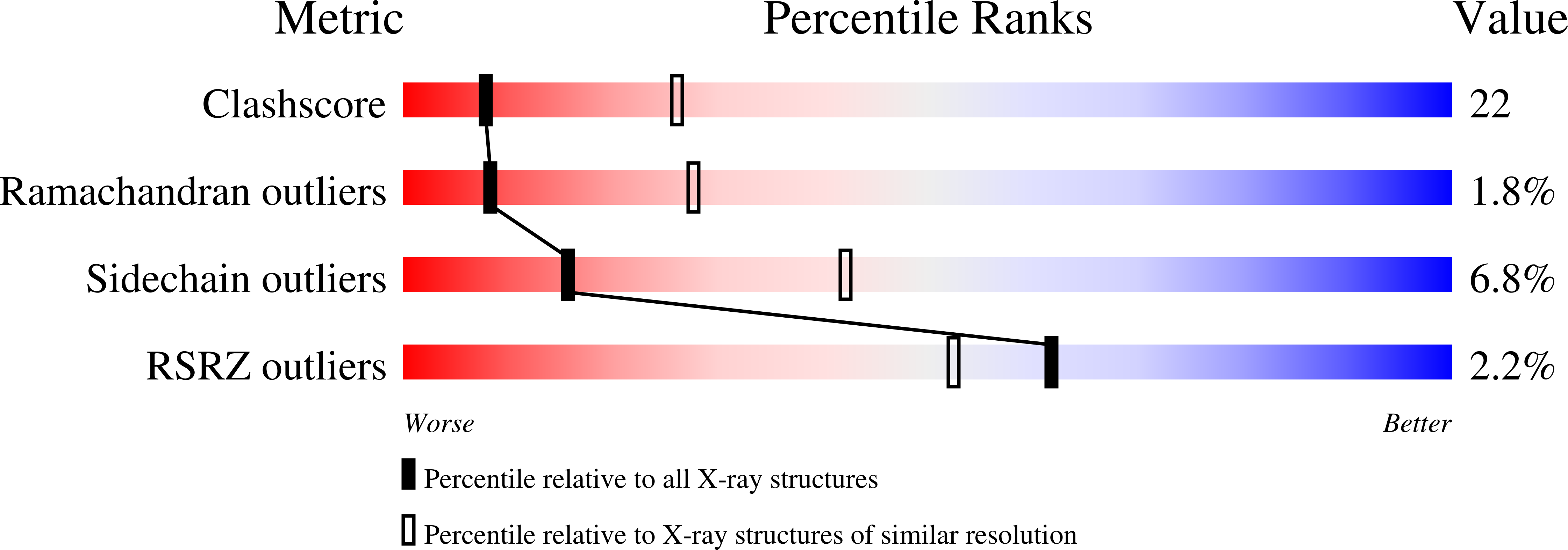
Deposition Date
2006-07-18
Release Date
2007-07-17
Last Version Date
2023-10-25
Entry Detail
PDB ID:
2HQ5
Keywords:
Title:
Crystal structure of multidrug binding protein QacR from Staphylococcus aureus cocrystallized with compound DB359
Biological Source:
Source Organism:
Staphylococcus aureus (Taxon ID: 1280)
Host Organism:
Method Details:
Experimental Method:
Resolution:
2.80 Å
R-Value Free:
0.25
R-Value Work:
0.21
R-Value Observed:
0.21
Space Group:
P 42 21 2


